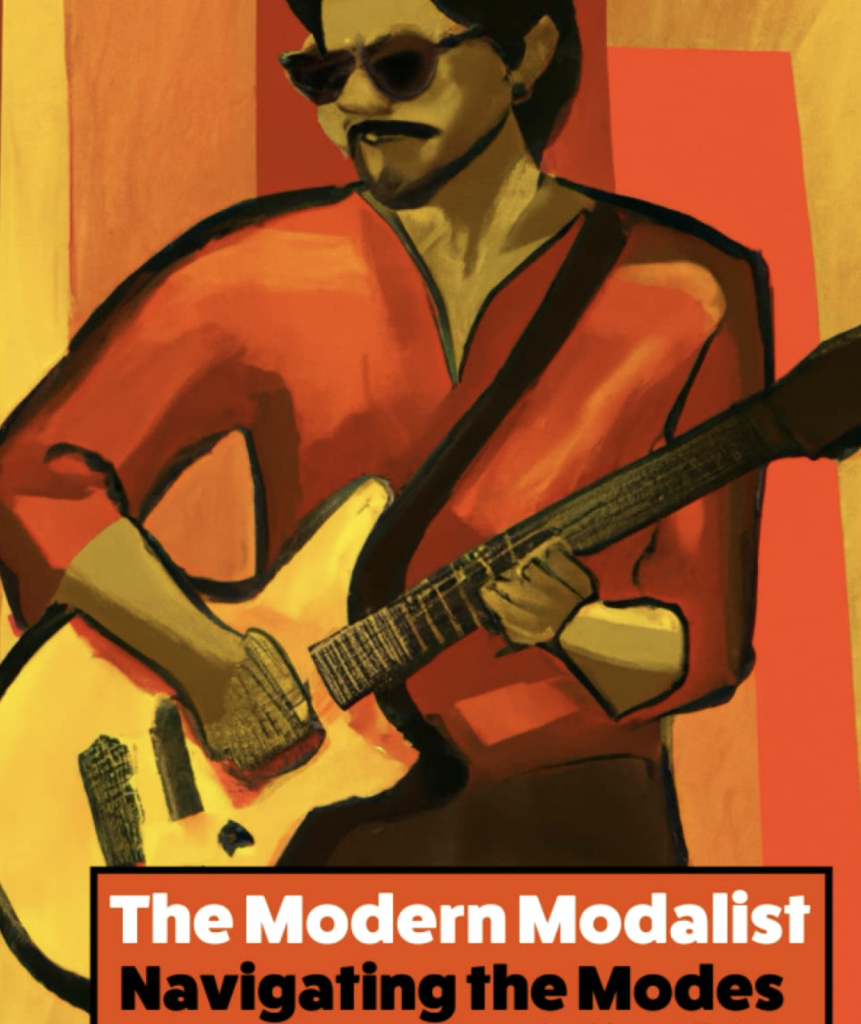Understanding Modes in Music Theory
If you’ve ever asked yourself, “Do I need to bother learning modes?”—you’re not alone. Many musicians, especially beginners, feel overwhelmed by the concept. But understanding modes doesn’t have to be confusing, and yes, learning them can be worth your time—especially once you have a solid grasp of your major and minor scales.

Let’s break it down.
In music, notes are organized into patterns called scales. The major scale, for example, contains seven unique notes. When we take this series of notes and shift the starting point, we create modes—each a unique variation or inversion of the same scale.
Take the C Major scale:
C – D – E – F – G – A – B
This is the Ionian mode, the first and most common mode (also known simply as the major scale). But if you take the same notes and start on D, you get a new sequence:
D – E – F – G – A – B – C
That’s the Dorian mode—the second mode in the C major family.
Each mode continues this pattern:
- Phrygian starts on E
- Lydian starts on F
- Mixolydian starts on G
- Aeolian (a.k.a. the natural minor scale) starts on A
- Locrian starts on B
Even though all seven modes use the same notes, each has a unique interval pattern. For example:
- Ionian (Major): Whole, Whole, Half, Whole, Whole, Whole, Half
- Dorian: Whole, Half, Whole, Whole, Whole, Half, Whole
These different step patterns give each mode its own flavor. To the trained ear, Dorian sounds distinct from Phrygian, which sounds different from Lydian, and so on.
Now back to the big question:
Do you need to bother learning modes?
Here’s the honest answer:
If you’re just starting out, your focus should be on mastering Major and Minor scales in all keys. That’s the foundation of almost all Western music, and most written music is analyzed in these two modes—Ionian (Major) and Aeolian (Minor).
But once you’re comfortable with those, diving into the other modes can be incredibly rewarding. While not always explicitly labeled, modes are frequently used by composers in jazz, classical, pop, rock, and film scoring to create specific moods and textures.
So no—you don’t need to learn modes right away. But yes, learning them will deepen your musical understanding, open up creative possibilities, and train your ear to recognize more nuanced tonalities.
You might even find it fun.
Want to explore further? Check out this easy-to-use guide on scales and modes and start experimenting with sounds you’ve probably heard a thousand times but never fully understood.
by Henry Bahrou – Guitarist, Music Theorist, Music Academy Director

Leave a Reply